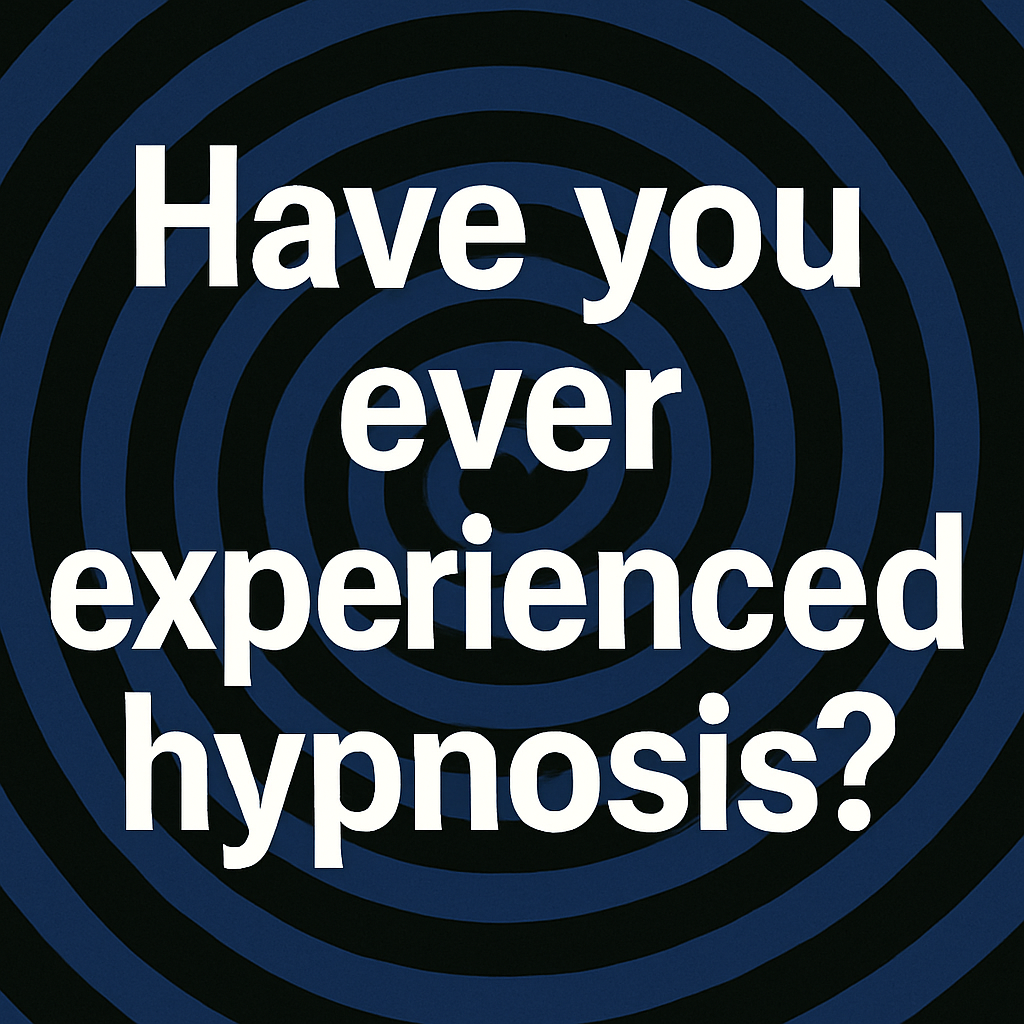Have You Ever Wanted to Experience Hypnosis? Unlock the Mysteries of Hypnosis

Hypnosis is a natural state of focused attention and heightened suggestibility, enabling direct communication with the subconscious mind to facilitate positive behavioral changes.
Hypnosis often evokes images of stage performers swinging pendulums or making people cluck like chickens. As a hypnotherapist, I can tell you it’s so much more profound than that. Hypnosis is a scientifically recognized practice that taps into the power of the subconscious mind, offering a pathway for personal growth, healing, and transformation. In this blog, I will explore what hypnosis truly is, debunk some common myths, and share my personal experiences of how it has helped individuals unlock their potential.
What is Hypnosis?
Hypnosis is a state of focused attention and heightened suggestibility, accompanied by deep relaxation. A lot of people think of hypnosis and instantly picture stage hypnotists swinging back-and-forths with a pendulum or getting someone to speak like a chicken. I assure you it’s so much deeper than that.
Hypnosis is a widely accepted scientific technique that accesses the subconscious mind and provides a means for healing, transformation, and growth. Here my purpose is to explain what hypnosis really is, uncover some common myths, and illustrate my experiences of personally seeing it transform people to reach their highest potential.
The Level of Consciousness
There has been widespread investigation of hypnosis. It has been backed by increasingly resilient scientific research. Research employing techniques involving the imaging of the brain, including fMRI, indicates that hypnosis creates differences in the activity of particular areas of the brain. For example, it increases the activity of areas related to the concentration of thought and decreases the activity of areas related to self-awareness or critical thinking.
Such modifications account for the fact that individuals in a hypnotic condition have the ability to concentrate extensively on specific ideas or suggestions. It is used as a therapeutic tool. The American Psychological Association (APA) and the British Society of Clinical Hypnosis accept hypnosis as an established technique.
Uncovering the Truth Behind
Prior to sharing my experiences as a hypnotherapist, let’s dispel some of the most prevalent myths surrounding hypnosis:

Myth: Hypnosis is mind control or brainwashing
Fact: Hypnosis is a voluntary process. You will not be hypnotized without your cooperation, and you have control at all times.
Fact: Hypnosis will not make you disclose all your secrets.
Reality: Hypnosis isn’t a truth serum. You will only tell me things that you feel at ease sharing.
Myth: Hypnosis renders a person unconscious or sends them to sleep
Reality: Although hypnosis includes deep relaxation. But you remain aware and able to terminate the hypnotic session at will.
Myth: Only some individuals can be hypnotized
Reality: Most individuals may be hypnotized if they are cooperative and willing to undergo the process. Being able to be hypnotized may partly depend on trust and rapport with the hypnotherapist.
My path to become a hypnotherapist
Becoming a hypnotherapist was my general desire to grasp the intricacies of the human mind and guide my clients through overcoming their issues. I started to realize that conventional talk therapy left something to be desired at times. This prompted experimentation with different approaches, such as hypnosis.
As a hypnotherapist in training, I was struck by the depth of understanding and transformation it could effect. One of my first experiences personally with hypnosis was overcoming my fear of public speaking. Under visualization and positive suggestion, I was able to recondition my attitude and approach speaking engagements confidently. This experience sparked my desire to integrate hypnosis into my work.
My Last client
As a hypnotherapist, I recently worked with a client struggling with trust issues and workplace conflicts. During our initial hour-long conversation, we probed into his experiences, uncovering patterns rooted in past betrayals and misunderstandings. Once he reached a state of relaxation and openness, I guided him into hypnosis. In this trance state, we addressed his subconscious beliefs, reframing negative perceptions and fostering a sense of self-assurance. Few days later he reported a significant shift. Improved interactions with colleagues and a newfound ability to trust, marking the therapy as a resounding success.



